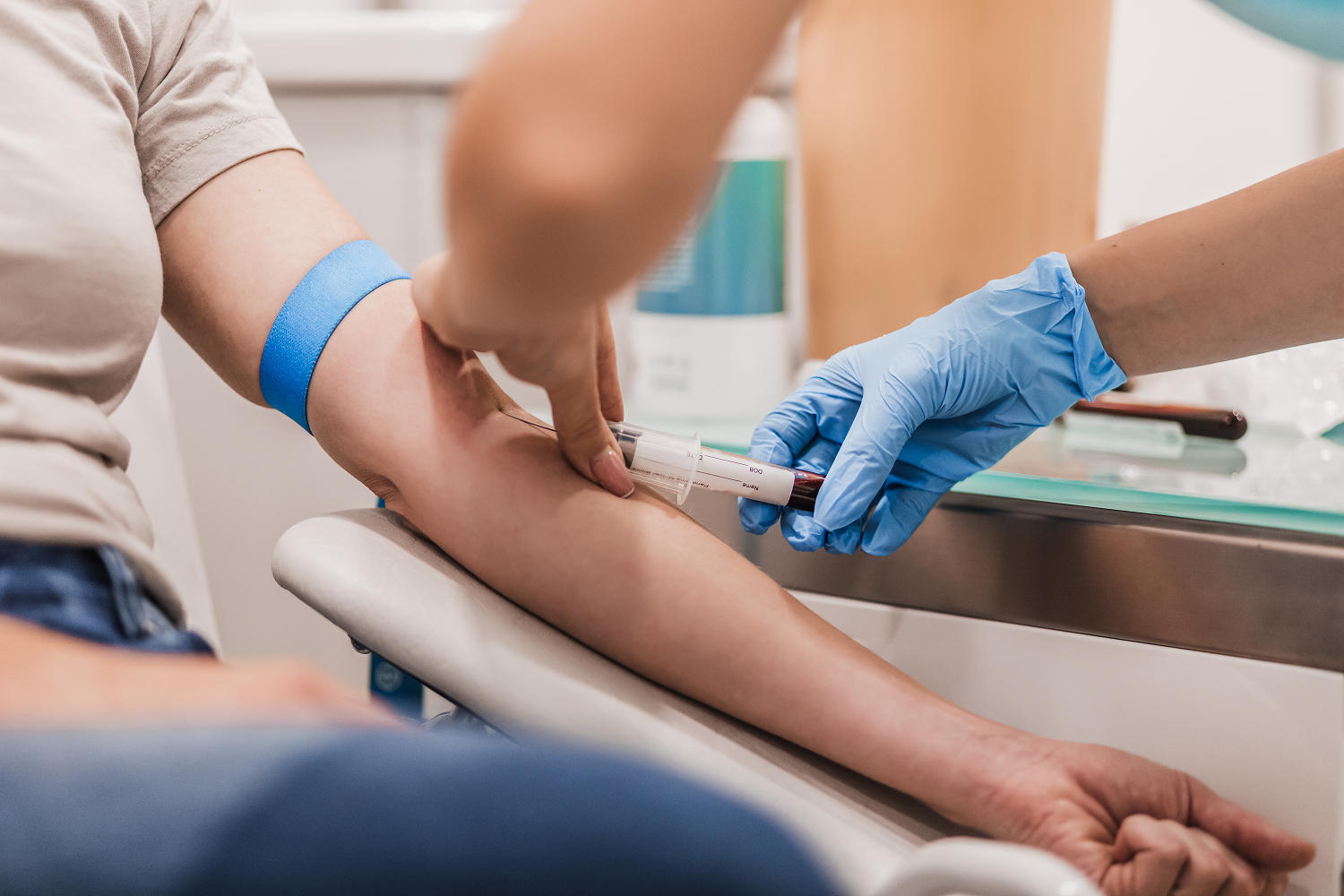Drug handling: Therapeutic drug monitoring
One application of pharmacokinetics in practice is therapeutic drug monitoring (TDM). TDM is useful for drugs that have a narrow therapeutic index and a good concentration-response relationship. It can be helpful to monitor a patient's drug levels after the initiation of drug therapy; following a change in drug dosage; when a potentially interacting drug is introduced; to assess toxicity or overdose; and to monitor drug compliance.The correct time of sampling is important because drug concentrations vary over the dosing interval and with duration of therapy. For drugs with short half-lives (e.g. oral theophylline), samples should be taken pre-dose. For drugs with long half-lives, timing is less critical and samples may be taken at any point in the dosage interval. An exception may be checking the concentration of a drug soon after a loading dose to assess if an adequate amount has been given (e.g. phenytoin).
Remember that assays measure the amount of unbound and bound drug in the blood or plasma but it is only the unbound drug that interacts with the drug receptor to produce a pharmacological effect. Therefore changes in protein binding should be taken into account when interpreting a drug level. For example, if a patient is hypoalbuminaemic, the number of protein binding sites is reduced, resulting in an increase in unbound (free) concentrations of highly protein-bound drugs such as phenytoin.
Concurrent disease other than impaired renal and hepatic function can alter the pharmacokinetic profile of a drug. For example, hypothyroidism decreases digoxin’s volume of distribution and decreases its clearance. Therefore patients with hypothyroidism normally require lower doses of digoxin compared to euthyroid patients. The opposite can be true for patients with hyperthyroidism.







